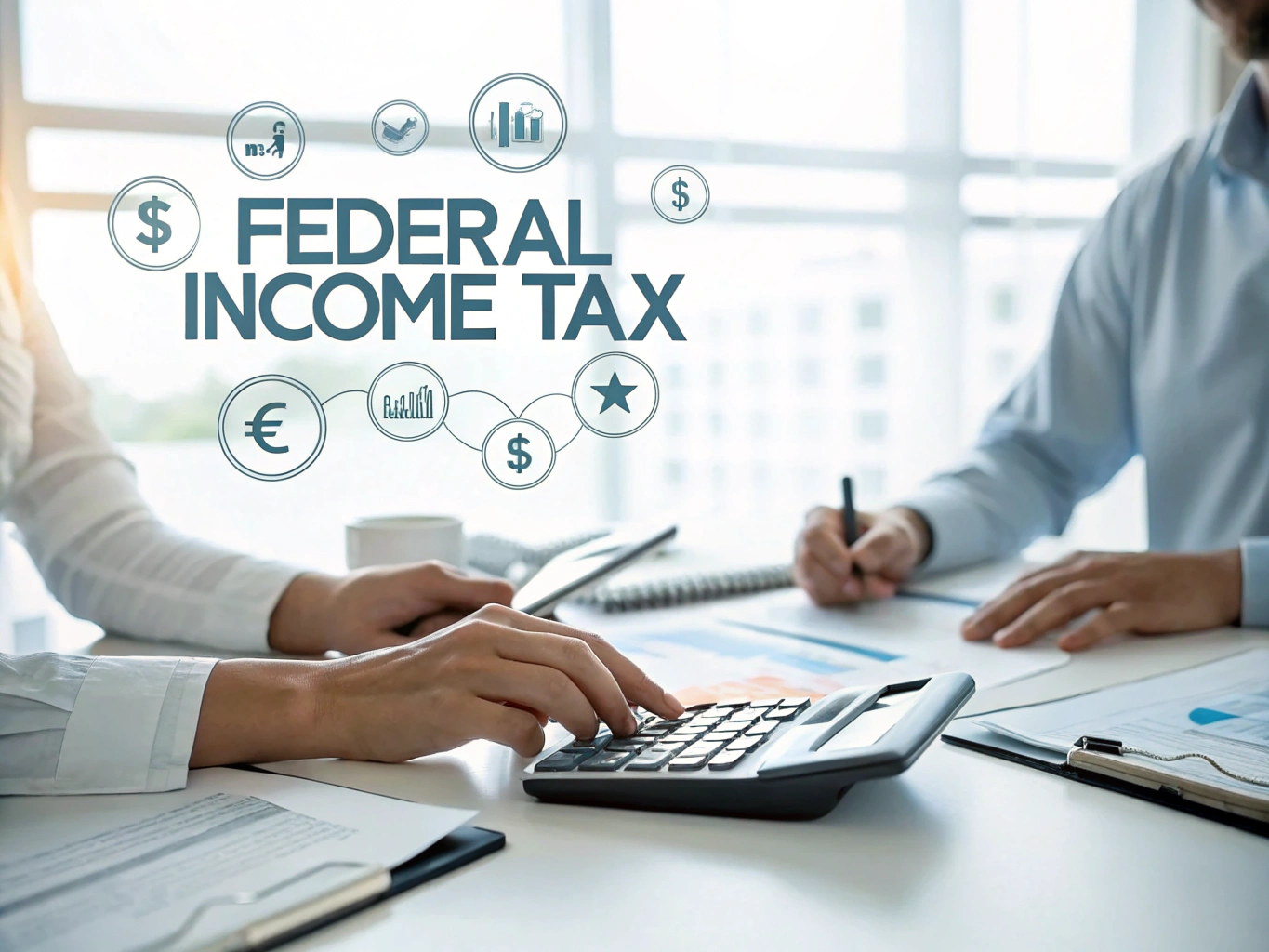Definition
Form 1120-S is the annual tax return that S corporations use to report their income, gains, losses, deductions, and credits to the IRS. If you work with small businesses or owners of S corporations, understanding this form is essential for providing accurate guidance and support during tax season.
Key Components
Form 1120-S is packed with important elements that reflect the financial health and operations of an S corporation. Here’s a closer look at the main components you’ll encounter:
- Identification Information: This includes the corporation’s name, address, Employer Identification Number (EIN), and the tax year for which the return is filed. Ensuring this information is accurate is crucial, as it links the form to the correct entity.
- Income Reporting: The form requires a detailed account of the corporation’s income, including operating revenue and any other profits. For instance, if your S corporation sells products, you’ll need to report all sales made during the tax year.
- Deductions and Expenses: You’ll also need to report various expenses, such as salaries, rent, and utilities. For example, if your S corporation pays $50,000 in salaries, that amount must be documented to reduce taxable income.
- Shareholder Information: Each shareholder’s details, including names, addresses, and ownership percentages, must be provided. This is necessary for the IRS to track how the corporation’s income is distributed among shareholders.
- Schedule K-1: This is a critical component as it outlines each shareholder’s share of the S corporation’s income, deductions, and credits. It plays a vital role for shareholders when they file their personal tax returns.
Importance in the Workplace
Understanding Form 1120-S is not just about compliance; it’s about strategic financial management. For HR professionals, knowing how this form works can help you support business owners in making informed decisions. For example, if an S corporation is considering hiring additional staff, understanding how salaries affect deductions can influence that decision. Furthermore, if you’re involved in employee benefits or profit-sharing plans, knowing how S corporation income is distributed can help you communicate effectively with stakeholders.
Best Practices
To help ensure smooth filing and compliance with Form 1120-S, consider these best practices:
- Maintain Accurate Financial Records: Keep detailed and organized records of all income and expenses throughout the year. This not only simplifies the filing process but also ensures you have the necessary documentation if the IRS requests it.
- File on Time: S corporations must file Form 1120-S by March 15th each year. Set reminders in advance to ensure timely submission and avoid penalties.
- Collaborate with Financial Advisors: Work closely with accountants or tax professionals who specialize in S corporations. Their expertise can help navigate complex tax situations and maximize available deductions.
- Communicate with Shareholders: Ensure that all shareholders understand how their K-1 forms impact their personal tax returns. Transparency about income distribution can prevent misunderstandings and foster trust.
- Review the Form for Accuracy: Before submitting, double-check all entries for accuracy. Simple errors, like incorrect EINs or financial figures, can lead to delays or penalties.
Legal Considerations
Filing Form 1120-S is a legal requirement for S corporations, and non-compliance can have serious consequences. Missing the filing deadline or providing inaccurate information can result in penalties from the IRS. Additionally, if shareholders do not receive accurate K-1 forms, they may face issues when filing their individual returns. It’s important to take compliance seriously to avoid potential audits or legal troubles down the line.
Conclusion
In summary, Form 1120-S is a critical document for S corporations and should be well understood by HR professionals and business owners alike. By familiarizing yourself with its components and implications, you can better support your organization or clients in managing their tax obligations effectively. Remember, timely and accurate filing can make a significant difference in maintaining compliance and ensuring the financial health of the business.



